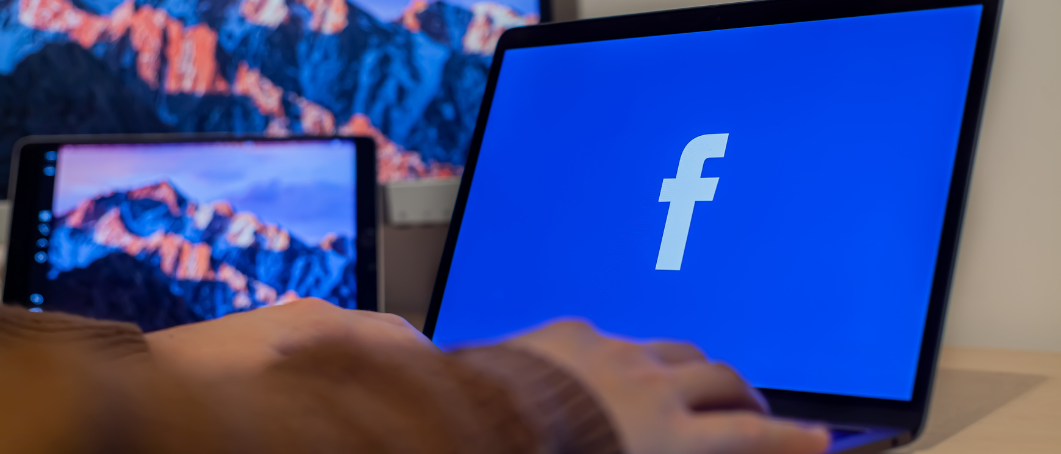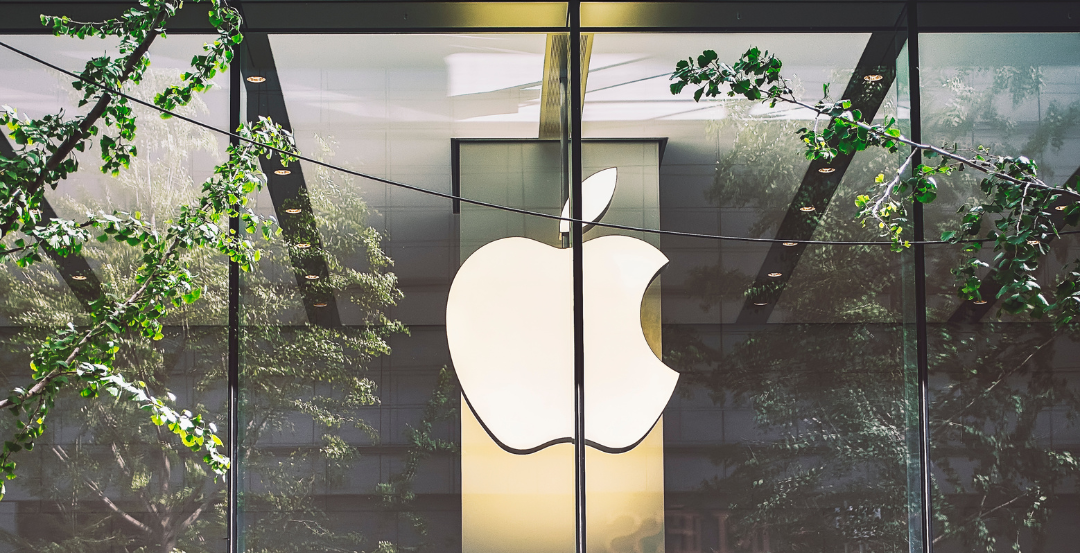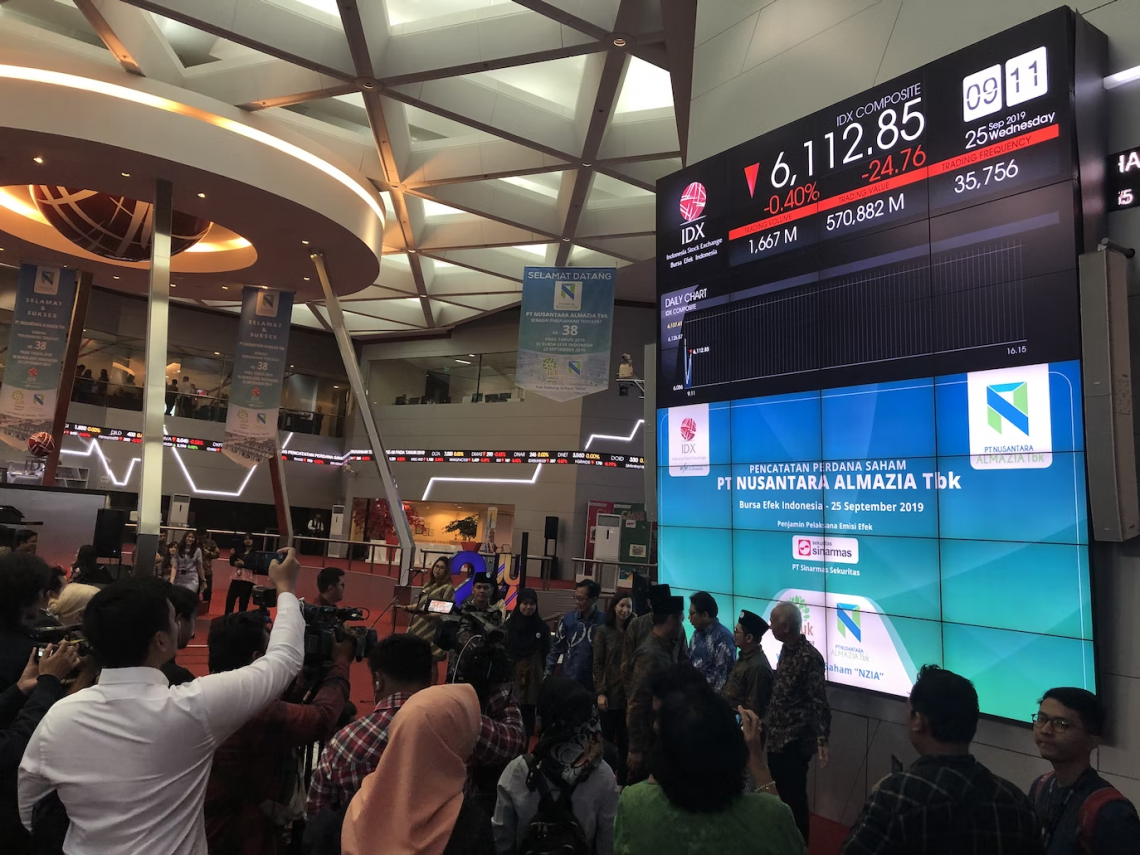Liquidity Event
Refers to when investors take out their investment in a private company for money.
A liquidity event is when investors take out their investment in a private company for money.

Companies and shareholders use these to leave their investments, which often happens when investors believe the company is not profitable or not creating a profit at a level they would like.
Thus, they often happen when private investors want a smaller stake, potentially no stake in the company they are invested in, or if a founder would like to invest their money elsewhere.
A liquidity event could also occur when a buyer wants to purchase a company, and the current owner believes the offered amount to be greater than the profits they would earn from their company.
There are different liquidity events, and companies can choose which one they want to carry out depending on their financial status. The two main types of liquidity events are:
- Going public
- Direct acquisition
Liquidity Event: Type 01: Going Public
Going public refers to when a company's stocks become available for the public to purchase or sell on a public stock exchange. This happens when companies want to raise capital to help fund the company.

Companies can choose to do so in two ways:
1. Initial Public Offering (IPO)
This is when the company works with a bank to create shares, underwrite them, and sell them to the public. Underwriting is a financial risk to the company, as it allows the public to purchase stock.
More specifically, a company will go to an investment bank, which will go to other institutions to determine how much stock a company wants and how much they are willing to pay. This is called book-building.
Based on this data, the company will determine how to price its stock and how much to put on the market.
Bausch + Lomb Corp. is one of the world's largest suppliers of contact lenses and other eye-care products. This company had an IPO on May 5, 2022, with Morgan Stanley and Goldman Sachs as major underwriters.
While the stock began at $18.00, it opened at $18.50 the next day. This IPO's timing was criticized, as it occurred when the federal funds rate increased by 50 basis points (.5%), leading to a drop in the market. As of late November 2022, the stock price is now $14.76.
NOTE
An IPOs is the safer option and is more expensive as companies need to pay intermediaries a percentage of their profit.
2. Direct Listing Process (DLP)
The less traditional form of going public is a direct listing process (DLP), also known as a direct public offering (DPO). This is when a company skips the intermediaries, and anyone holding company shares can sell them to the public.
This is a riskier option as there is no guarantee that people will want to buy stock or be long-time investors.
Spotify had a direct public offering on the New York Stock Exchange (NYSE) in 2018. They chose this route because they did not need liquidity and because it was already a well-established company.
Because both of these were true, Spotify opened at $165.90, which was 25.7% higher than the NYSE's prediction of $132.00.
NOTE
Spotify's DLP was largely successful, helping the company grow. It is now the top music streaming service worldwide, with 30% of the market share.
Liquidity Event: type 02: Direct Acquisition
A direct acquisition is when one company buys some or all of another company's shares, which can lead to a transfer of ownership to the parent company. This power transfer happens if a company purchases over 50% of another's stock.

This is a liquidity event because the previous owners gain liquidity when they sell their shares in a company to someone else.
Companies have acquisitions for several reasons, some of which include:
- Increase resources and technology
- Reduce competition within the industry
- Diversify a company's line of products
- Reach foreign markets
1. Increase resources and technology
A company may want to merge into a larger one to gain additional technologies and resources they would not have otherwise been able to access and afford.
In 2014, Verizon Communications acquired Vodafone's stake in their joint venture, Verizon Wireless. Vodafone held a 45% indirect interest in Verizon Wireless, and this sale cost Verizon $130B.
This allowed Verizon to expand its efficacy and improve its innovations, both of which improved the services that Verizon Communications offers its customers. This acquisition hurt Vodafone, as its value halved, and the company lost its prominence amongst other top carriers.

Another example is the merger between eBay and PayPal in 2002, which helped both parties. eBay wanted to merge with PayPal to make online purchasing easier. By doing so, PayPal's profits increased because an increased number of people were using it.
2. Reduce competition
A larger company may want to acquire the smaller one to reduce competition within the industry, as ownership of the small company will help the larger company make money.
An example is when Facebook bought Instagram in 2012 for $1B. Instagram was a very small company, with only 13 employees. But, Facebook founder Mark Zuckerberg wanted to acquire it because it could be a threat to Facebook in the future.

By purchasing Instagram early, Instagram was not seen as a competition to Facebook, as the same company owns them.
3. Diversify product lines
A larger company may want to acquire others to diversify its products.
In 2014, Apple acquired Beats Music and Beats Electronics for $3.2B. Apple did this as it saw Beats' growing line of earphones and streaming services. Apple's streaming service iTunes was dying out, and the company aimed to re-enter this field as a strong player.

Currently, users who subscribe to Apple Music can get a free pair of Beats earphones, and users who purchase an eligible Beats earphone device get Apple Music free for a few months.
Coca-Cola, branded as the World's Largest Non-Alcoholic Beverage Company, acquired a stake in Monster Energy for $2.15B. Coca-Cola wanted to enter the market for energy drinks and did so through the world's second-largest energy drink company.
4. Reach foreign markets
Similarly, a large company may want to reach demographics and geographical areas untapped by them but have been explored by other companies. Thus through an acquisition, the large company gains fast access to the new location.

The British insurance and investments company, Prudential plc, merged with American General in 2001. This was done to increase Prudential's prominence in the United States and to have a strong presence in the Asia markets.
Friendly and Hostile Acquisitions
Acquisitions can be friendly and hostile, often referred to as unfriendly.

Friendly acquisitions are ones where the acquired company's management agrees to the acquisition. This is the most common type of acquisition, as it is typically less of a strain to achieve.
A hostile acquisition is when a company purchases enough stock from shareholders to have power over the company. For this to occur, at least 51% of the company's stock must be owned by the parent company (or investor).
Once this happens, the parent company can decide whether or not they would like to keep the existing board or change these members. Parent companies often prefer to maintain some existing management in their newly acquired company to help ease the transition.
However, there are cases where the parent company wants to instill new members of management. This is most often done when the parent company wants to change the trajectory of its new acquisition.

One of the largest hostile takeovers was when Kraft Foods took over Cadbury. Kraft Foods attempted to have a friendly acquisition, but this was impossible as Cadbury deemed each offer too low.
Kraft was interested in acquiring Cadbury because it would allow an easier entrance into emerging markets like Mexico and India.
NOTE
This acquisition is one of the most well-known hostile takeovers to date.
Key Takeaways
- A liquidity event is when investors take their investments out of a company for money.
- The two main types are going public and direct acquisition.
- Going public:
- Either through Initial Public Offering or Direct Listing Process
- Used to gain liquidity by selling stocks
- A direct acquisition is when a company buys over 50% of another's shares. Reasons for this include:
- Reducing competition within the industry
- Expanding product line
- Entering foreign markets
- Increasing technology available to the parent company
- Friendly acquisitions are when the boards of both companies agree to a selling price.
- Hostile acquisitions are when an investor or parent company purchases 51% of another company's stock without an agreement between the board of directors.




or Want to Sign up with your social account?